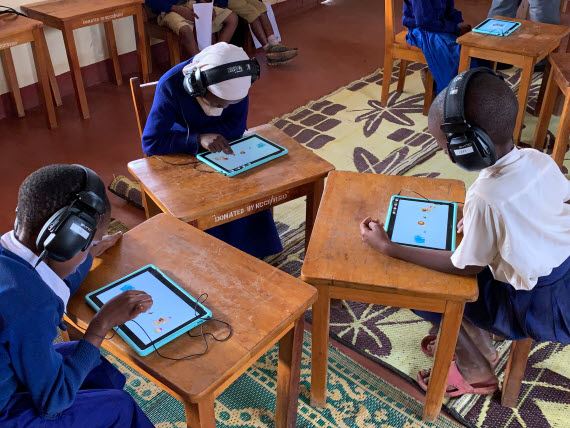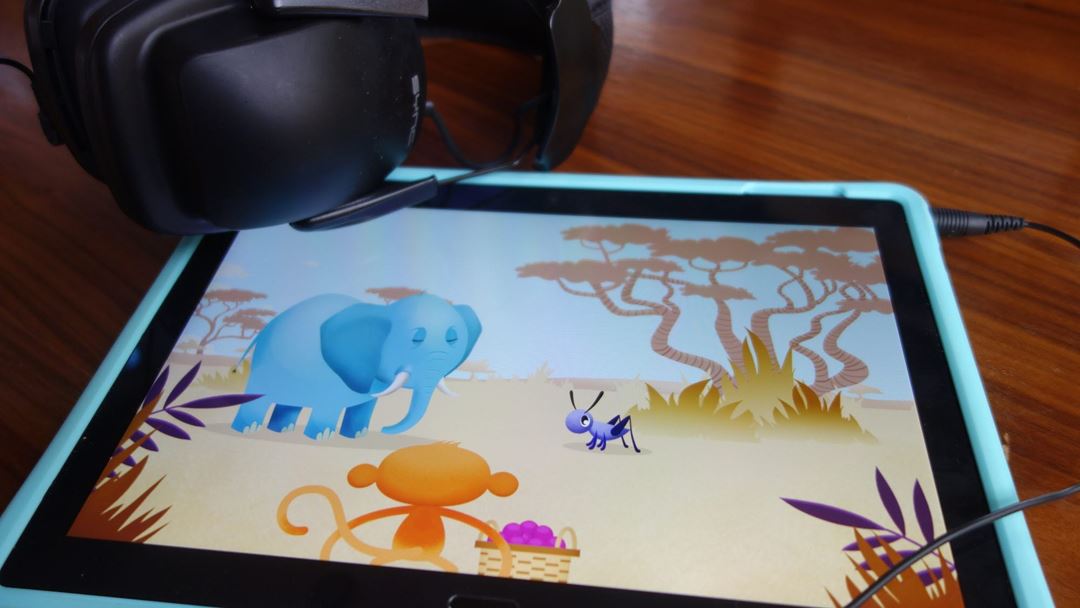WHO has estimated that around 466 million people (6.1 % of the world’s population) have a disabling hearing loss, and 34 million of these are children. The majority of children with hearing impairment live in low- and middle-income countries (LMIC) and most of the children remain undiagnosed, untreated and without the provision of adequate services and devices. Limited number of specialists and audiologists, lack of locally available hearing aids and services and limited financial resources in low-income countries are limiting factors. It is experienced that technology and services designed for high-income countries are not appropriate for low-income settings and the services are not sustainable.
The project objectives are to develop:
- Innovative screening tools and hearing devices for local school settings in low-resourced communities
- Sustainable models for community-based hearing services
- Training programs for schoolteachers and clinicians
A Game Based Screening tool has been developed using commercially available tablets, headphones and dedicated software, designed by Ablemagic. The Game Based Screening tool includes screening of four frequencies (500 Hz, 1000 Hz, 2000 Hz, 4000 Hz) on both ears, and the threshold for hearing loss above 25dB. It is possible to screen using a single standalone tablet or a system of up to 10 tablets in parallel using a computer for managing the test.
The partners have screened 400 children from 3 different primary schools in Kilimanjaro region. The prevalence of children with hearing loss ranged from 7 % - 17 % at the different schools, and this is characterized as high. Clinical follow up of the children's ears documented that earwax and foreign body blocking the ear channel and ear infections were the most frequent causes of hearing loss, that may be prevented and treated locally. After removal of ear wax and foreign body, these children had normal hearing. Children with more severe hearing loss are followed up by local partners and refereed to ear-nose-throat specialists.
Furthermore, Patandi Teachers College, The Open University of Tanzania, NTNU and SINTEF have carried out field work in Tanzania, measuring the acoustics in various classrooms in primary schools. The measurements documented that both the reverberation time and the level of noise is high. A study on available personal sound amplifications systems was carried out in the classrooms, showing that standard hearing devices are not functional in this context without adaptations.
Development and testing of the new screening tools are iterative processes reflecting users' needs and the local context. The project supports the UN Sustainable Development Goals no. 1 No Poverty, no. 3 Good Health, no. 4 Quality Education, no. 10 Reduce Inequality and no. 17 Partnerships for the Goals, ensures user involvement and promote the philosophy of "Leave No One Behind" and "Nothing About Us Without Us".

Screening childrens hearing in Tanzania, photo: SINTEF

